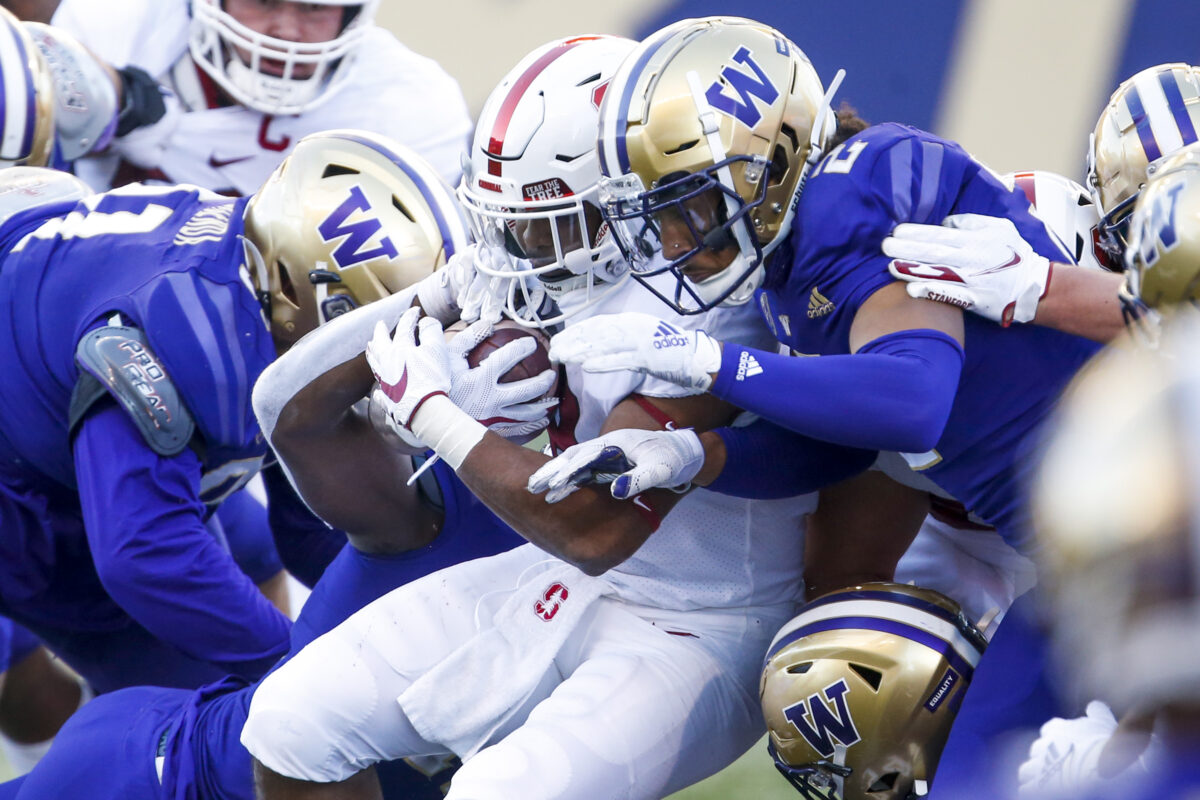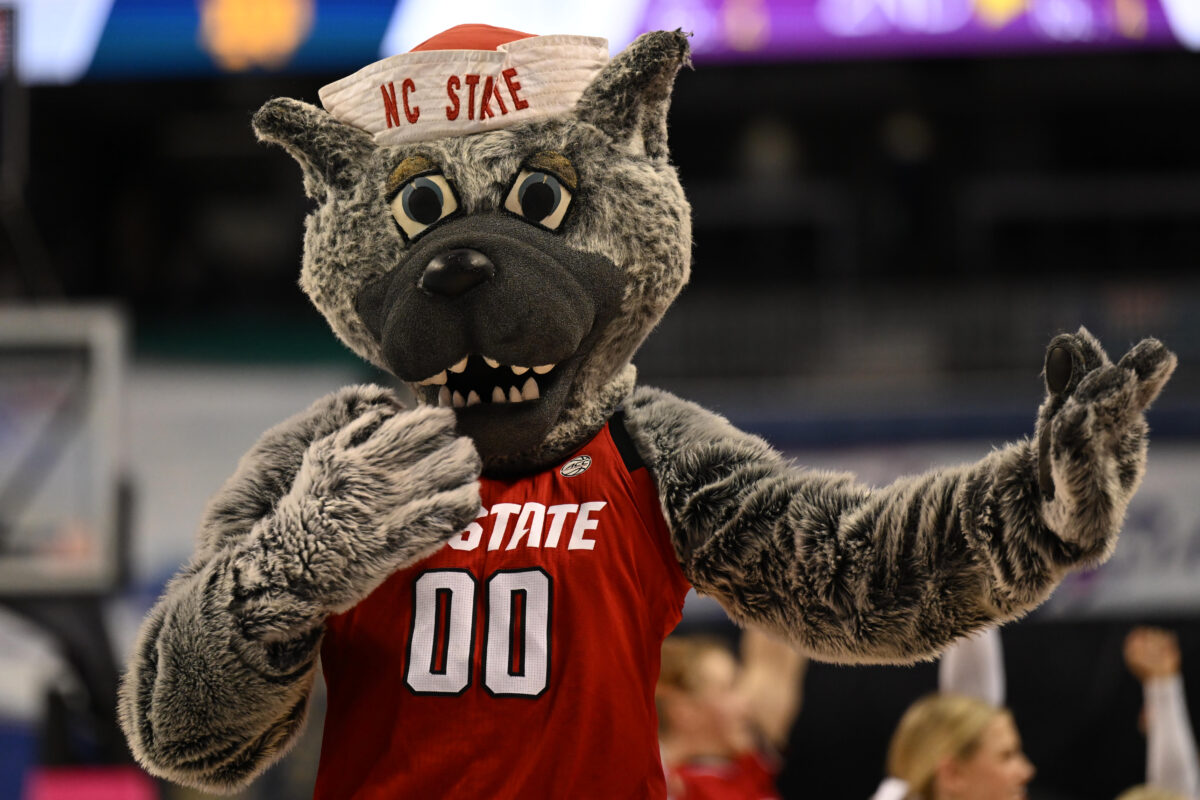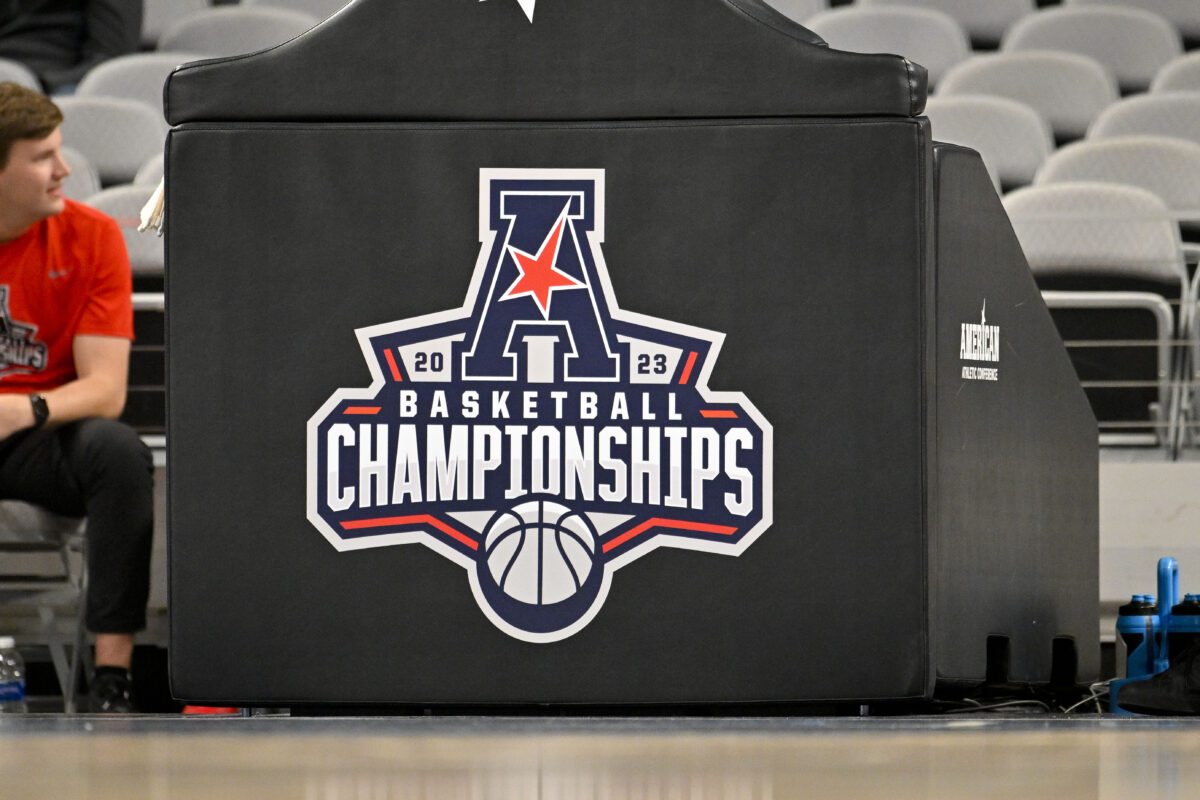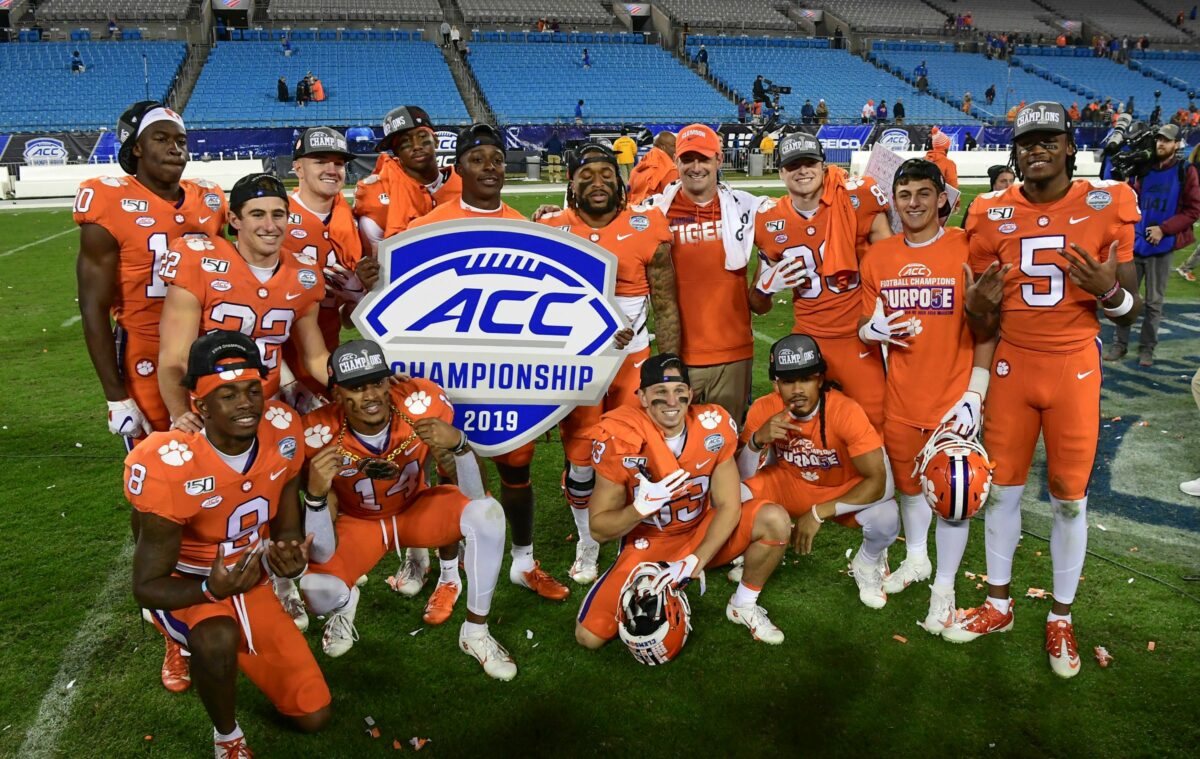Naturally, Florida State and Clemson would be against this move. North Carolina? Maybe. But why #NCState? This is fascinating. #ACC
Our friends at Fighting Irish Wire are looking on with interest at the ACC, where Notre Dame has been pushing for Stanford and California to be invited to the conference.
Some national commentators have thrown out some very interesting (read: wild) ideas about Notre Dame and what the Irish should do. Fighting Irish Wire is chuckling at how often — and how badly — the national college sports media world wants Notre Dame to join a conference, when that just isn’t happening.
However, as much as national pundits and personalities might be erroneous and tiresome with their constant insistence that Notre Dame should join a conference, they do have a point in this regard: Why should Notre Dame have a vote on ACC matters when the Irish aren’t a full member in football? It does seem reasonable enough that the ACC should insist on full football membership before granting Notre Dame a vote.
That brings up the larger question, though: Why aren’t more ACC schools voting against Notre Dame’s push to have Stanford and Cal join the conference? The conference has 15 votes with Notre Dame included. The conference needs 75 percent of schools — at least 12 of the 15 (11 isn’t enough) — to approve the Stanford-Cal plan.
Currently, 11 schools are in favor, four are not.
We can understand why Florida State and Clemson would vote no. Why would they want to give Notre Dame anything it wants? Those schools are unhappy with the ACC to begin with. They don’t want Notre Dame to get its way. Moreover, adding Stanford and Cal probably means FSU and Clemson have to split ACC revenues with even more schools. The ACC gets stronger without making concessions to FSU and Clemson, which aren’t getting nearly as much TV money as they should be.
That makes sense.
It makes some sense that North Carolina is also voting against the Stanford-Cal plan, though this one is a little more tricky. Does UNC privately want to go to the Big Ten? If it does, voting no makes sense.
It’s the fourth school voting against the Stanford-Cal plan that is eye-opening. North Carolina State is the fourth no. What really is fascinating about all of this is N.C. State is voting no whereas in-state neighbor Wake Forest is voting yes. Another North Carolina-based school, Duke, is voting yes.
Nine other ACC schools — Boston College, Syracuse, Louisville, Virginia, Virginia Tech, Pittsburgh, Miami, Georgia Tech — are joining Notre Dame in voting yes as well.
What is it about North Carolina State that is making the Wolfpack oppose this plan while other ACC schools are approving it? Is this the way the 15 ACC schools think, or are the 11 “yes” votes voting yes only because they want to make Notre Dame happy on the surface but secretly oppose the plan and know that four schools will never allow it to happen?
It’s very intriguing.
Let’s look at ACC and national reactions to the revelation that North Carolina State has joined Florida State, Clemson, and North Carolina in opposing Notre Dame’s Stanford-Cal plan in the ACC:






